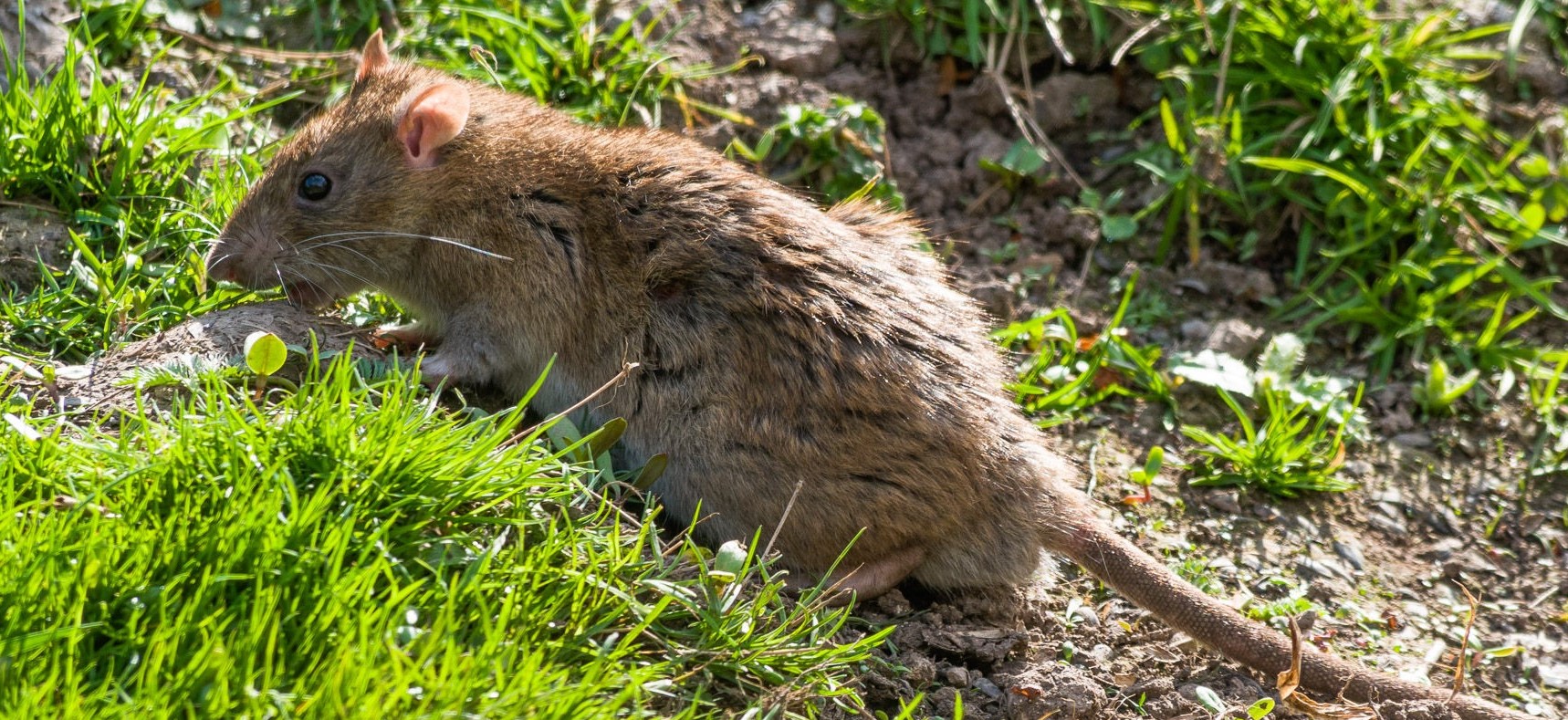Here in Baltimore, finding uninvited guests in your home can be a common occurrence. But what happens when those guests happen to be both rats and mice? Can these two rodents coexist under one roof? The idea of hosting both at once may seem far-fetched, but it’s not impossible. Understanding their behaviors, the signs of their presence, and how to handle a potential rodent infestation is essential to maintaining a safe and comfortable home.
By addressing concerns like rats and mice together, recognizing the signs of rats and mice, and implementing effective rodent infestation tips, you can take action before these uninvited visitors take over your home.
Could Both Rats and Mice Be Together In Your Home?
The short answer is yes, rats and mice can live in the same area, but it’s rare. Although they’re both rodents, these animals have very different habits and, under normal circumstances, they avoid each other. This is primarily because rats tend to dominate mice when resources like food or shelter are limited. Mice will often flee when they detect the scent of a rat, as rats pose a threat to their survival.
However, in some situations where resources are abundant and there’s enough space, both species can inhabit the same space. This rarity makes it all the more surprising when homeowners discover evidence of both rodents in their homes.
How Rats and Mice Differ
Understanding the differences between rats and mice can help you identify which rodent may be sharing your home:
- Size: Rats are significantly larger, often measuring 8-10 inches long, while mice are smaller at 2-4 inches.
- Behavior: Mice tend to be curious and explore their surroundings, while rats are more cautious and avoid unfamiliar changes in their environment.
- Nesting Locations:
- Mice typically nest close to food sources, like inside kitchen cabinets or behind appliances.
- Rats, depending on the species, tend to prefer nesting higher up (e.g., attics or rafters for roof rats) or underground (e.g., burrows for Norway rats).
Why Both Might Be in Your Home
Here are some scenarios where rats and mice might coexist:
- Abundance of Resources: If your home provides plenty of food, water, and nesting options, both rodents may be able to coexist without competing directly.
- Large, Undisturbed Areas: Homes with expansive basements, attics, or crawl spaces may allow enough room for both species to establish nests.
Despite their rare coexistence, signs of one type of rodent may still indicate a larger infestation problem, which is why it’s important to act quickly.
Signs of Rats and Mice
Detecting early warning signs of a rodent problem is crucial to preventing infestations from spiraling out of control. Whether it’s rats, mice, or both, similar telltale signs can give away their presence.
Physical Signs
Droppings:
- Mouse droppings are small and rice-shaped.
- Rat droppings are larger, capsule-shaped, and often found in concentrated clusters.
Gnaw Marks:
- Mice leave smaller, finer gnaw marks.
- Rats leave larger, more noticeable bite marks.
Tracks:
- Look for smudge marks or trails in dusty areas where rodents travel.
Auditory Clues
- Scratching or scurrying sounds coming from walls, ceilings, or under floors at night may indicate active rodents.
Odors
- A faint, musky ammonia smell is often associated with rodents, especially in enclosed spaces like attics or basements.
Nests
- Rodents create nests using shredded materials like paper, fabric, and insulation. Mice, in particular, prefer nesting near food sources, while rats may create burrows or nest in unused spaces.
Visible Sightings
- Finally, spotting rodents during the day often signals a severe infestation, as they typically remain hidden in normal circumstances.
By paying attention to these signs early, you can determine whether rats, mice, or both are present and take appropriate action.
Rodent Infestation Tips
Addressing a rodent infestation requires a strategic approach. Here’s how to safeguard your home and prevent rodents from settling in.
-
- Mice can slip through holes as small as a dime, and rats only need an opening the size of a quarter. Inspect your home for gaps in foundations, walls, and around doors or windows.
- Install weatherstripping and door sweeps on external doors.
- Seal cracks or openings larger than ¼ inch with steel wool or caulking.
- Remove Food Sources
-
- Store all food, including pet food, in airtight containers.
- Clean up spills and crumbs immediately.
- Regularly empty trash cans and keep lids secure.
- Eliminate Water Sources
-
- Fix any leaky pipes or faucets.
- Make sure gutters and drains direct water away from your home’s foundation.
- Reduce Clutter
-
- Declutter storage areas like basements, attics, and closets to remove potential nesting materials.
- Store items off the floor whenever possible.
- Yard Maintenance
-
- Trim vegetation around your home to eliminate hiding spots.
- Keep your yard free of debris like piles of wood or leaves that could serve as shelter.
By taking these preventive measures, you can drastically reduce your chances of dealing with a rodent infestation. If you’ve already spotted the signs, it’s time to call in a professional.
When to Call Skedaddle for Rat and Mice Removal
If you live in Baltimore, you know just how historic and unique our homes can be. Baltimore’s row houses, for instance, offer plenty of charm—but they also provide rodents with ample opportunities to sneak in. The abundance of alleys, older housing structures, and dense urban environments can make dealing with rodents a more common challenge in our city.
Take a stroll through the Inner Harbor, and you’ll find bustling activity. Unfortunately, some of that activity includes rodents in search of food scraps. This is why regular professional inspections are key for Baltimore homeowners, especially if you spot early signs of rodent activity.
Knowing when to call Skedaddle for professional rat and mice removal is crucial in protecting your home and family. If you notice telltale signs such as droppings, gnaw marks, scratching noises behind walls, or an unusual, musky odor, it’s time to act. Rats and mice reproduce quickly, and delaying intervention can lead to extensive infestations and costly damage. Additionally, if you spot entry points around your home, such as holes or gaps, it’s a clear indication that rodents may already have gained access.
Take Action Today
Rats and mice may not make good roommates, but they can still occupy the same space, much to the frustration of Baltimore homeowners. Recognizing the signs of their activity and taking proactive steps to secure your home can make all the difference. And if it’s already too late to tackle the problem solo, don’t worry—we’ve got you covered.
At Skedaddle, we specialize in humane and effective rodent control. Our experienced team will identify every entry point, safely remove the problem, and seal your home to keep future invaders out. Don’t wait until the problem grows out of control. Call us today to schedule an assessment and take the first step toward a rodent-free home.




